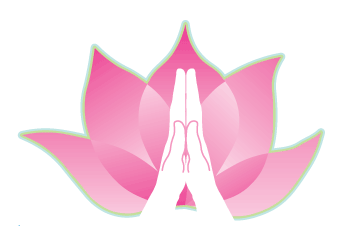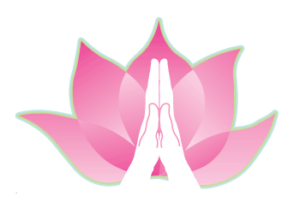Bringing Zen to the Orlando Magic – A Transformative Yoga Session

In designing this session, I drew inspiration from two legendary coaches whose philosophies have long resonated with me—Phil Jackson and John Wooden. Their unique approaches to coaching, mindfulness, and team dynamics served as a guiding light for what I hoped to impart to these athletes.
1 – Mindfulness and Presence
Taking a page from Phil Jackson, known as “The Zen Master,” I began by emphasizing the importance of staying present. On the court, being fully in the moment can make all the difference in performance. But beyond the game, mindfulness can quiet the noise of daily life, helping these young men find calm amid the chaos. In our session, we worked on breath control and meditation, allowing them to center themselves and experience the stillness that leads to clarity and focus.
2 – Building Team Harmony
Phil Jackson often spoke about the need for team harmony, how egos can disrupt the flow and chemistry of a group. In our practice, we did partner work that fostered a sense of unity and collective purpose. The players began to see that the energy they bring, individually and collectively, can elevate their performance and the team’s success. Yoga is not just about individual strength but about how you support one another—just like on the court.
3 – Self-Awareness and Self-Discipline
Both Jackson and John Wooden taught self-awareness as a cornerstone of success. I encouraged the players to become attuned to their bodies and minds, understanding that self-discipline in yoga—just like in basketball—requires a deep sense of personal responsibility. Whether it’s perfecting a pose or honing their game, true growth comes from self-awareness and the willingness to improve.
4 – Holistic Approach to Performance
Much like Jackson’s Zen-inspired holistic coaching, I integrated practices that targeted both the physical and psychological well-being of the players. Through yoga and meditation, they learned how these practices could not only enhance their flexibility and strength but also bring balance to their mental and emotional states. Wooden’s emphasis on character and integrity was woven into the practice as well—reminding them that how they carry themselves in yoga, as in life, is equally important as their physical prowess.
5 – Adaptability and Flexibility
Yoga teaches us to be adaptable—physically, mentally, and emotionally. For these players, flexibility on the court is essential, but flexibility off the court—learning how to manage different personalities, life challenges, and team dynamics—is just as critical. We focused on movements that improved their physical flexibility while also opening their minds to new ways of approaching challenges.
6 – The State of Flow
One of the highlights of the session was introducing the players to the concept of “flow”—that magical state where you are completely immersed and performing at your highest level. By connecting their breath with movement, they began to tap into that sense of flow, experiencing the ease and effortlessness that can translate directly to their performance on the court.
7 – Mastering the Fundamentals
Inspired by John Wooden’s “Pyramid of Success,” I reminded the players that success is built on a strong foundation of fundamentals. Whether it’s mastering the basics of a yoga posture or perfecting their jump shot, the path to greatness lies in commitment to the details. We practiced basic postures with an emphasis on precision, breathing deeply into each movement and understanding that the basics are the building blocks of excellence.
8 – Success Is Peace of Mind
One of Wooden’s most profound teachings is that success is not about the final score but about peace of mind, knowing you’ve given your best effort. In our closing meditation, I left the players with this thought—true success isn’t just winning the game but finding peace in the process of growth, both individually and as a team.
Leaving a Lasting Impression
As the session came to a close, I looked around and saw a shift in the room. The same young men who had been glued to their phones when I first arrived now sat in stillness, eyes closed, breathing deeply. They had connected not only to their bodies but to a deeper part of themselves. I left with the hope that this introduction to yoga, breathwork, and meditation would leave an indelible mark on their journey, both in basketball and beyond.
Just like Phil Jackson and John Wooden’s timeless philosophies, these practices offer tools that extend far beyond the game—guiding these athletes toward balance, mindfulness, and a deeper understanding of their limitless potential.
This session was a reminder of why I love what I do—bringing ancient wisdom into modern lives and helping people.
Namaste,
Stacy

